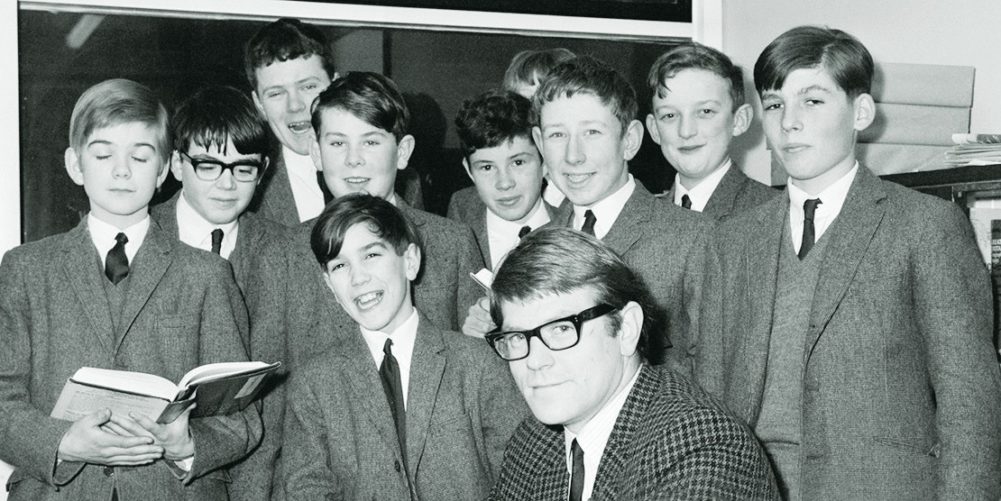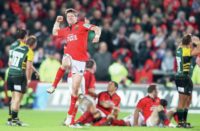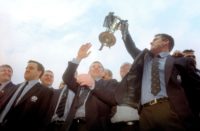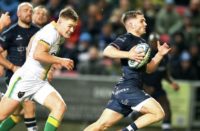Brendan Gallagher continues his series looking at rugby's great schools
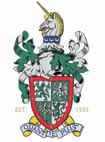
STONYHURST College in Lancashire can famously claim to have spawned three Saints, seven Archbishops, seven Victoria Cross heroes, an Oscar winner in Charles Laugton, a President of Bolivia, a Prime Minister of New Zealand and a signatory to the American Declaration of Independence – and to that list of honour can be added a number of exceptional rugby players.
The Jesuit College – founded in 1593 and forced to move to Bruges and Liege at one stage before returning to Britain – turned to rugby only after World War One, in the autumn of 1921. Up to then soccer had been the winter sport of choice. They quickly made an impact at their newly-adopted game, however, with tangible evidence of that coming with the introduction of the first national rugby event, the Rosslyn Park Sevens which, although founded in 1939, got underway proper after World War Two.
Stonyhurst have always been doughty Sevens competitors and after reaching the final in 1947 they enjoyed their first notable success in 1949 when they won the Open Event in fine style, beating Taunton 11-5 in the final.
That was a curious season for the Lancashire school. The first XV was a powerful unit and reckoned to be the best in the north but somehow contrived to lose five of their 16 games and draw another three. Injuries played a big part along, perhaps, with a little complacency.
As if to make amends right at the end of the season in a tournament played unusually late in April, they were totally dominant at Rosslyn Park, 100 per cent focussed on the job in hand.
Stonyhurst reached the final without conceding a point over the two days with victories over Blundell's, King William IOM, Eastbourne, Oundle and King's Taunton. Only in the final against Taunton College, when leading 11-0, was their line finally crossed in the final minutes.
That side was skippered by the redoubtable Peter Leyden who starred in the first XV for three seasons and topped the batting averages for the first Xl for three seasons on the trot.
Two stellar Stonyhurst alumni from the late 50s, contemporaries at school, were future England prop Nick Drake-Lee and Barry O'Driscoll who was to be an everpresent for Ireland at full-back in the 1971 Five Nations.
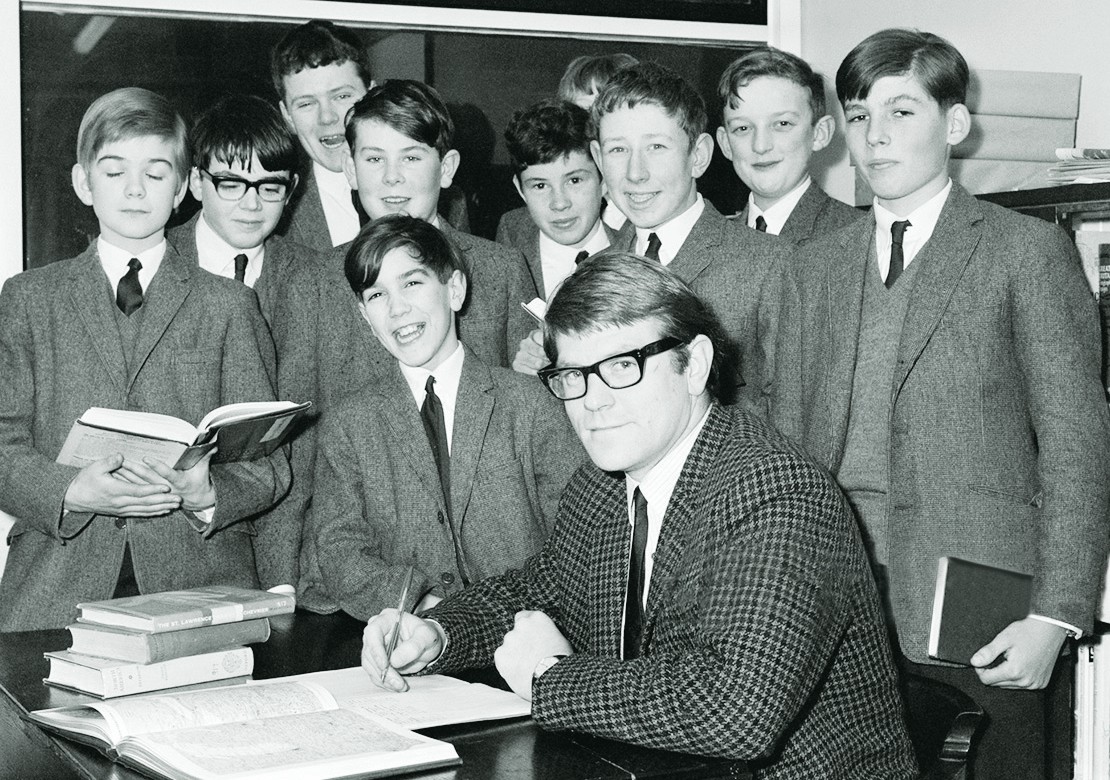
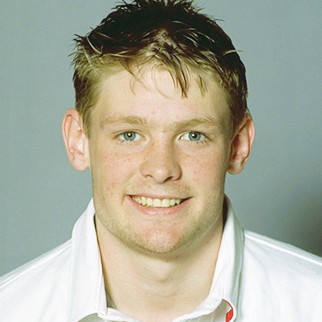
Drake-Lee was something of a youthful prodigy. In an era when forwards, and especially front row forwards, were required to earn their spurs he enjoyed a rapid promotion to full England ranks after his final season with Stonyhurst in 1959 when he played for the England Schools XV, something which had eluded his talented older brothers.
On leaving Stonyhurst, Drake- Lee – the most mobile and athletic of front rowers – went to Cambridge where, as a freshman, he was a regular in their fabled team of 1961 which went unbeaten in all 14 senior games. He was to win two more Blues and in his third year, at the age of 20 and 287 days, he became England's youngest ever Test prop when he made his debut against Wales in Cardiff.
Drake-Lee was ever present in that unbeaten campaign – only a draw in Dublin deprived England of a Grand Slam – but in a strange career he was out of favour as a Test player before he had reached the age of 23. He didn't get to captain the Stonyhurst XV – that honour fell to O'Driscoll –but he did captain the Cricket Xl whose star batsman for two years was the Manchester Irishman O'Driscoll.
O'Driscoll, like Drake-Lee, was a little ahead of his time as a player, an attacking full-back always looking to counter-attack. He did well for Ireland in his one full season but perhaps his standout moment was as a key member of the North West Counties XV that pulled off a famous win over the 1972 All Blacks at Workington.
A medic by profession, after retiring as a player he became one of the leading doctors in the sport, heading up the Ireland medical team and being among the first to alert the game to the dangers of concussions.
O'Driscoll is, of course, a member of a famous rugby playing family with his younger brother John –a Stonyhurst pupil ten years after Barry – an outstanding no-nonsense flanker for Ireland and the Lions in 1980 and 1983 while his cousin Frank – another doctor – was a top centre in Ireland and played in two uncapped Tests against Argentina in 1970. Frank's son Brian needs no introduction.
Another vintage period was in the late 80s under the tutelage of Kim Norkett when their enterprising team was guided by two brilliant schoolboy half-backs – scrum-half Kyran Bracken and fly-half Vince Gradillas.
Both won England 16 and 18 group caps and at the time Gradillas was considered just as big a prospect as Bracken. However, he soon immersed himself in the world of medicine and academia and has become one of the top psychiatrists and mental health specialists in the country, sometimes relating those issues to the sporting arena.
Bracken, who had joined from another northern powerhouse school, St Edward's Liverpool, represented England 18 group for two years, captaining the side in his final year. He went on to enjoy an exceptional career with Bris-tol, Saracens and England, being a member of their World Cupwinning squad in 2003.
Indeed there were three players in that squad with Stonyhurst connections. Wing Iain Balshaw was an old boy of the school and Will Greenwood who, in addition to being the son of Dick Greenwood who taught geography and rugby at Stonyhurst, was an alumni of the St Mary's Hall prep school, the traditional feeder for Stonyhurst, where his Mum taught maths.
Balshaw blazed a trail circa 1995-97 with his raw pace and stepping ability proving virtually impossible to stop, especially on the Sevens circuit where Stonyhurst ruled the roost for the while.
The Stonyhurst Seven, coached by Simon Charles and skippered by Paul Howard, operated on another level in 1996 and won all six warm-up competitions before they mustered at Rosslyn Park where they were strong favourites. They didn't disappoint with Balshaw scoring 16 tries in the competition although there was a close run thing in the semifinal against KCS Wimbledon when it need a last-minute try from Mark Morris to scrape through 21-15. In the final against Glantaf the Stonyhurst tyros raced into a 29-0 lead, with Balshaw scoring two long range efforts, before the Welsh school claimed two late consolation tries to make the final score 29-10.
There was more success at Rosslyn Park in 1999 when Stonyhurst again carried their excellent pre-season form into the tournament and emerged triumphant. On this occasion they overcame a 12-0 deficit to beat John Fisher 19-12 in the final, a particularly sweet victory as Fisher had beaten them at the semi-final stage the previous year.
More recently Stonyhurst claimed a notable rugby first when Joe Ansbro, a star centre/wing from their celebrated unbeaten XV of 2004, became the first player of Afro-Caribbean origins to be picked for Scotland. Ansbro made his Scotland debut in a memorable win over South Africa at Murrayfield in 2010 and went on to win 11 caps and score three tries before suffering a serious neck injury playing for London Irish in a friendly against Munster and was forced to retire aged just 27. He is currently a biology teacher at Harrow School.
All this and much more will surely be discussed during the coming centenary season with, Covid permitting, a Gala day, old boys match and black tie dinner planned for next June along with an ambitious plan to refurbish the Smithfield pavilion which services their first XV pitch.

